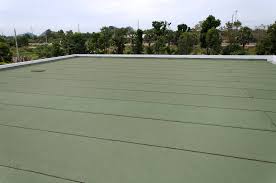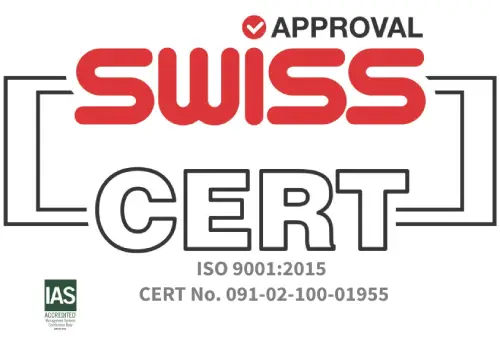2018

What is Single Ply Membrane?
It is been around 20 years since Single Ply membranes came into existence. One of the most noteworthy attributes of these single-ply roofing systems is their frivolousness. That is the reason they are ideally preferable in retro-fitting than the prevailing roof systems. Consequently, the building owners enjoy faster installation, little disruption and significant savings on investment.
Single Ply membranes
Over the years, the quality of single ply roofing systems has enormously evolved because they have been put to trial and error all through this time. Industry’s major manufacturers of these roofing systems deserve acclaims as their relentless effort has paid off well in manufacturing better products which can suit all kinds of requirements. This is the reason we can see flat roof systems everywhere – right from shopping malls to laundry mats to banks. Now the only concern for professional builders and architects is to acquire the most suitable roofing systems and get a qualified roofing contractor for installing them.
Single-ply flat roofs are made from plastic or rubber-like compound put in a single layer. Some commonly used materials in these are PVC or polyvinyl chloride and TPO or thermoplastic polyolefin. Both these materials possess heat reflection features and thus help in saving the cooling costs for owners. Another significant compound in this respect is EPDM, which is ethylene propylene diene monomer, which is not only easier to install but also best for cooling. In addition to these, some manufacturers also use rubberized Asphalt. In some cases, it is possible to mix hot Asphalt and then heat the reverse of the material with a torch to install the single ply roof systems. Customers normally enjoy a warranty period of 10 to 12 years or more with these single ply roofs.
In designing an energy efficient roofing system, few prime factors are product endurance and life cycle assessment, also known as LCA. The role of LCA is to assess a product’s environmental impact all through its life cycle. In spite of the fact that the building materials’ LCA is included in the LEED rating system of USGBC, some connoisseurs feel that the durability aspect has been sent on the back foot because of excessive prominence is given to the environmental advantages of these products.
As far as roofing is concerned, reduced stress on the durability aspect is a prime concern in LEED. For instance, when the roof of a building is painted with the reflective coating, it may satisfy one of the LEED points in a project and it may not last more than 5 years. But, there is no credible mention for the selection of a good quality, high performing non-reflective roofing system which assures durability of 30 or more years.
EPDM membranes deliver a better life cycle cost as against various other renowned low-slope roofing systems. The life expectancy ratings in terms of durability of EPDM membrane too have been longer. To be precise, it has extended to upwards of 50 years in overall life service, above 26 years in the case of exposed applications and over 23 years in covered applications.
In today’s economically challenged period, you got to look much more than the surface colour and stress on reducing the overall energy costs, when selecting roofing materials. There is a special mention about EPDM here owing to the fact that majority of roof Consultants, architects, contractors and other experts have been testing the durability, weatherability and other such attributes for more than 40 years. In the present scenario, EPDM’s environmental advantages have become equally prevalent as a prime factor for establishing the prominence of a roofing system for specific buildings.
It is time we studied the long-lasting advantages, efficiency and numerous other attributes of EPDM single ply roofing systems.
There is no second opinion now that the energy efficient roofing technology continues to stay ahead as the construction industry grows forwards together with the green building movement. Even though, light-colored reflective coating roofing materials, like white, still attract a lot of building and roofing professionals.
Hints, emerging out of various studies on the outcomes of reflective roof surfaces, which prove that they can aptly reverse solar radiations, can maintain a lower temperature of roof system and eventually, can bring down the energy usage of buildings with decline in the air conditioning demand, turn out to be handy for roof designers. On a few instances, the white TPO or thermoplastic polyolefin membrane, which completely complies with polyiso insulation, may actually be the best-suited roof design for a specific building. This arrangement can be particularly beneficial in areas where heating degree days are lower than cooling degree days.

